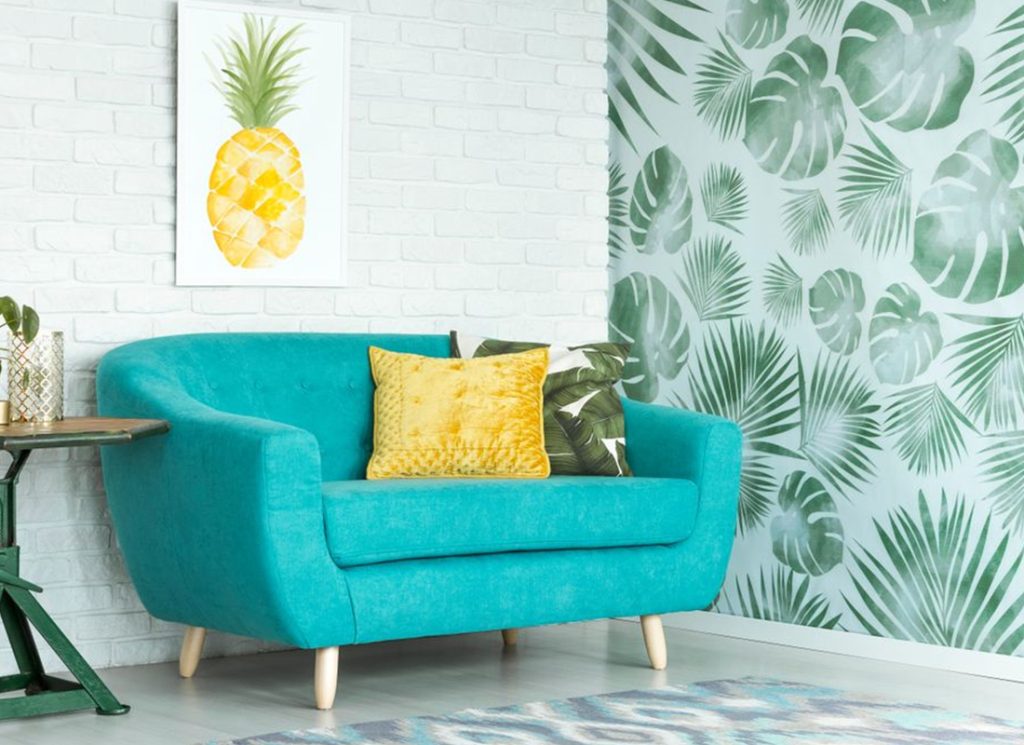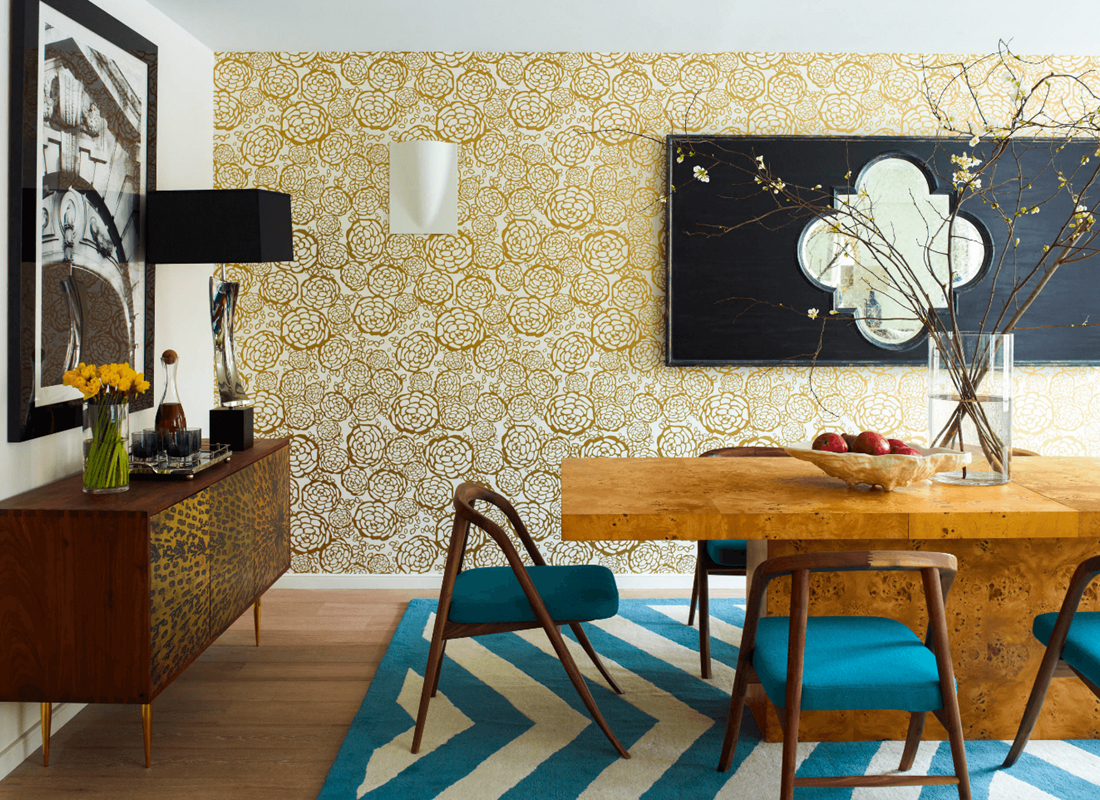When selecting wallpaper, consider the overall theme and style of your space. Different patterns can evoke different moods; for instance, floral designs can bring a touch of nature indoors, while geometric patterns can add a modern flair. It is essential to choose a wallpaper that complements your existing decor and furniture. If your room features bold colors or intricate designs, opt for a more subtle wallpaper to create balance. Conversely, if your space is predominantly neutral, a statement wallpaper can serve as a focal point.
Another crucial aspect to consider is the size of the room. In smaller spaces, lighter colors and smaller patterns can create an illusion of openness and airiness. Dark or busy patterns may make a room feel cramped. Conversely, larger rooms can handle bolder designs without overwhelming the space. Always take measurements before purchasing wallpaper to ensure you have enough material for your project.
Texture is also an important factor in wallpaper selection. Textured wallpapers can add depth and interest to a room. Options such as grasscloth, embossed, or vinyl can enhance the tactile experience of your walls. Additionally, consider the durability of the wallpaper, especially in high-traffic areas or rooms with high humidity, such as kitchens and bathrooms. Washable or moisture-resistant wallpapers are ideal for these environments, ensuring longevity and easy maintenance.

Before applying wallpaper, proper preparation is essential for achieving a professional finish. Ensure that the walls are clean, dry, and smooth. If necessary, patch any holes or imperfections to create a flawless surface. Applying a primer can also help the wallpaper adhere better and improve the overall appearance. When it comes to installation, follow the manufacturer’s instructions carefully. Whether you choose peel-and-stick or traditional paste wallpaper, accuracy in measurement and alignment is crucial for a polished look.
Lighting can significantly impact how wallpaper appears in a room. Natural light can enhance colors and patterns, while artificial lighting can create shadows that may alter the perception of the design. Consider the direction and intensity of light in your space when selecting wallpaper. A wallpaper that looks stunning in daylight may appear different under artificial lighting.
Lastly, do not hesitate to experiment with wallpaper in unexpected places. Accent walls, ceilings, and even furniture can benefit from the application of wallpaper. This creative approach can add character and uniqueness to your home. By carefully considering your choices and taking the time to prepare and install properly, wallpaper can be a transformative element in your interior design, bringing both beauty and personality to your living spaces.

